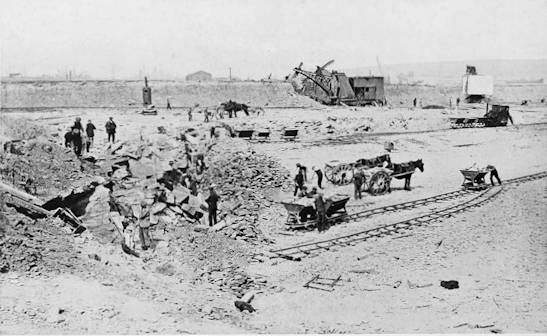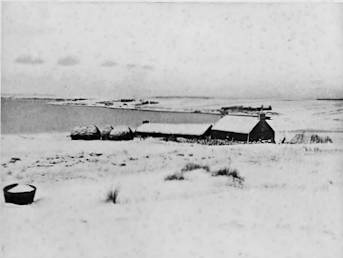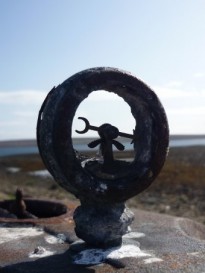Scapa and a camera by CW Burrows is a record of the Scapa Flow area, Orkney, at the time of World War One. It is a sought-after book, both in its original 1921 edition and the more recent facsimile edition. Burrows was Cashier of the Dockyard section at the Naval Base in Scapa Flow from May 1915 until March 1920 hence the book’s subtitle: Pictorial Impressions of Five Years Spent at the Grand Fleet Base.
There is also an e-book of Scapa and a camera, digitised by the Project Gutenberg: https://www.gutenberg.org/files/45583/45583-h/45583-h.htm Hardcopy or electronic, the book has four sections that give some idea of the scope: 1) The development of the Base; 2) Scenes around Scapa Flow; 3) The Navy at Scapa Flow; 4) German ships at Scapa Flow.
Lyness Naval Base
World War One impacted hugely on the whole Scapa Flow area, most of all Lyness in North Walls. With eerie prescience, Burrows wrote: “Lyness, in pre-war days a few scattered crofts, and now the Naval Base in Orkney. The stone wharf, built by Messrs. Kinnear and Moodie, of Glasgow, is now only just nearing completion, and the other buildings… were not available in time to be of much value during the war, but they will be ready for the next!”
The photographs of excavations at Lyness and the first train in Orkney (p 48) give some idea of the scale of transformation particularly set alongside those of digging peats (p 54) or horse and ox harrowing (p 55). The Tom Kent photographs on the same pages may be a little older though.

After the War, change continued with the scuttling of the German ships interned in Scapa Flow and then their salvaging, both well documented in Section 4.
This is of particular interest to me not only as a record of my one-place study area but also because my great-grandfather, John Ross, farmed at Lyness Point from before WW1 until 1921.
Where and who?
As the title suggests, there are a lot of photographs in the book but little detail on where they were taken or who the people in them were. That’s not a criticism for the sub-title makes it clear that the book is about “Impressions..” but 100 years later, and with my one-place studies hat on, I’d quite like to get names and places. The Hoy and Walls Community page on Facebook identified “Crofts near Lyness” (p47) as Scews, North Walls.

– now identified as Scews
I’m fairly sure that the middle child in “Three of the young Orcadian guests” (p 87) was Maria Baikie, Boathouse, Crockness (later married to James Simpson, Upper Seatter) but who are the others?
I’m also interested to have a bit more detail on these two photographs:
- A ship’s garden at Crockness – where exactly? (p 18)
- Melsetter – are there more houses than exist now? (p51)
Can you help?
A post for the #OnePlaceInWarTime prompt from the Society for One-Place Studies, November 2021.
Project Gutenberg
The eBook Scapa and a Camera is for the use of anyone anywhere at no cost and with almost no restrictions whatsoever. You may copy it, give it away or re-use it under the terms of the Project Gutenberg License included with this eBook or online at www.gutenberg.org

